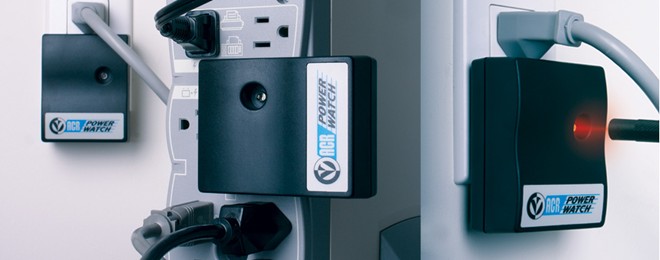CRITICAL ASSET MONITORING IS THE SOLUTION TO SEE THE VALUE OF USING TECHNOLOGY EFFICIENTLY TO BOOST THE PRODUCTIVITY AND PROFITABILITY
Critical asset monitoring is important in the UAE because the country heavily relies on its critical assets to maintain its economy, particularly in industries such as oil and gas, aviation, and logistics. AIA offers technical resources and skills with certainty, reduced risk, and improved reliability through multiple managed services and areas of expertise with minimal client participation once installed, including:
Lighting Control
Building Utility management
Energy and sustainability management
Remote Monitoring System

This is achieved successfully by integrating the different systems and assets present in the client facility. Analysing the day-to-day operations and generating productive reports to help the end-client business operations. AIA allows clients to focus on their core business, not technology issues. The system provides reliability through proactive maintenance, productivity, and a healthy working environment.
The Key benefits are:
Segregated Alarms Analysis
Manufacturer KPI Profile
Historical Data Analytics
FM Team Performance
Relative Contribution CFP
Frequently Asked Questions
1. What is Critical Asset Monitoring (UAE)?
Critical Asset Monitoring in the UAE refers to continuously tracking vital infrastructure such as power generators, UPS systems, cooling units, fire protection devices, and other mission-critical equipment to ensure they operate reliably, prevent failures, and reduce costly downtime.
2. Which assets qualify as “critical” and need monitoring?
Assets considered critical are those whose failure could significantly impact safety, operations, or business continuity. In the UAE these often include backup power systems, environmental control units in data centres, safety pumps, fire suppression systems, and HVAC systems in sensitive areas.
3. What are the key benefits of implementing Critical Asset Monitoring in UAE facilities?
Some of the key advantages are:
- Early detection of faults before they become major issues, reducing risk of sudden breakdown.
- Improved uptime and reliability of essential services.
- Optimized maintenance planning (from reactive to predictive), which lowers repair costs.
- Enhanced safety and regulatory compliance in environments where failure can have serious consequences (e.g. hospitals, data centres, oil & gas).
4. How is Critical Asset Monitoring usually implemented?
Implementation typically involves installing sensors and remote monitoring tools on critical equipment, integrating those with centralized dashboards, setting thresholds/alerts, and enabling real-time data analytics. In the UAE, environmental factors (heat, humidity, dust) are also considered to select robust hardware and sensor types.
5. What kind of return on investment (ROI) can I expect from Critical Asset Monitoring in UAE?
Though ROI depends on the type of assets, facility size, and severity of risk, most users in UAE see reductions in downtime, lower repair/maintenance costs, reduced energy waste, and better utilisation of staff time. Over time, these savings often offset monitoring system setup and ongoing costs.
6. What support and maintenance do we provide post-deployment?
After system deployment, support includes real-time monitoring, alerts/alarms management, periodic health checks of assets, performance reporting, firmware/software updates for monitoring devices, and predictive maintenance recommendations. Our team ensures that critical asset monitoring remains aligned with operational changes and UAE-specific environmental and regulatory conditions.
